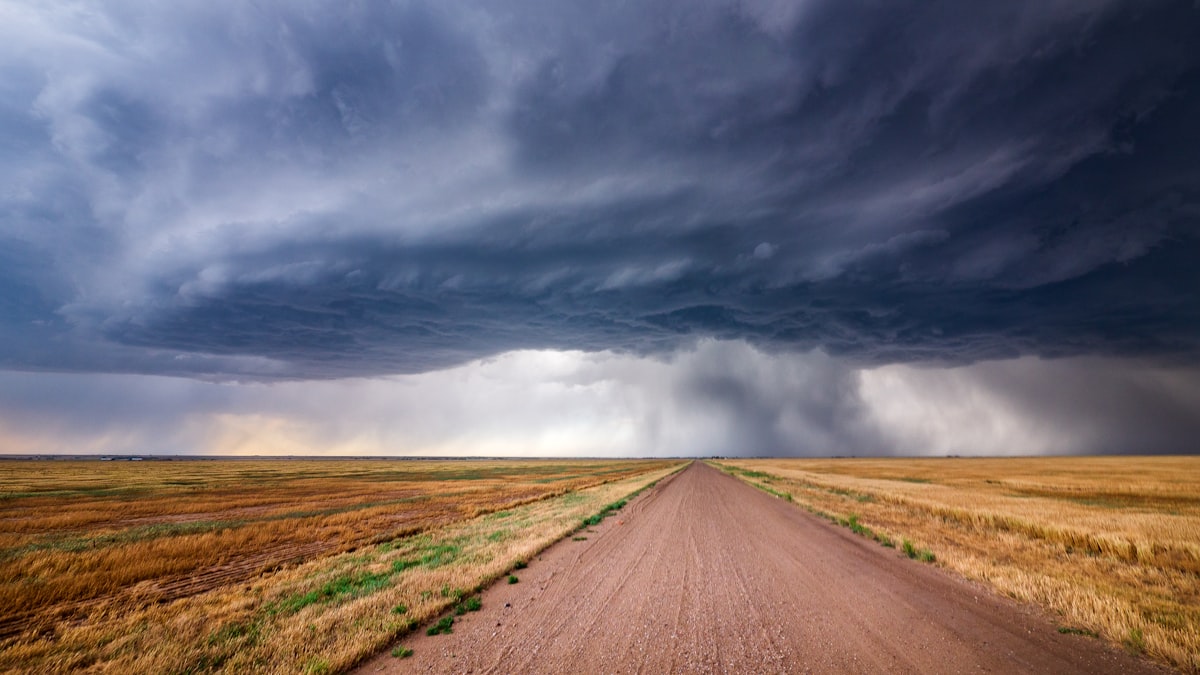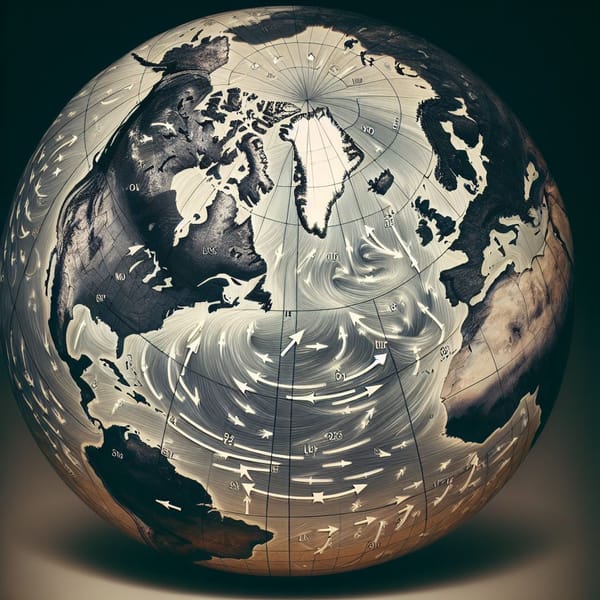This Day in Weather History ~ May 4th, 1929
The May 4th, 1929 Super Outbreak: One of the Deadliest Tornado Outbreaks in US History

A series of deadly tornadoes swept across the south and eastern United States on May 4th, 1929. This became known as the Super Outbreak of 1929. Over 30 tornadoes caused considerable damage and loss of life in this tornado outbreak, which is still one of the worst tornado outbreaks on record.
Storms swept across the Great Plains on May 3rd, bringing severe thunderstorms and tornadoes. Overnight, the system moved east, and on May 4th, tornadoes hit Mississippi, Alabama, and Georgia, causing widespread damage and loss of life.
Maben, Mississippi, was the site of the deadliest tornado of the outbreak, killing 13 people and injuring dozens. Over half a mile of destruction was left behind by the tornado that destroyed the town's school and several homes. Across the river in Starkville, Mississippi, another tornado killed nine people and injured more than 100.
Tornadoes touched down in Tennessee, Kentucky, and Ohio throughout the day. Gainesville, Georgia, was hit by a tornado that killed 12 people and injured over 200 more. Homes, businesses, and the local hospital were destroyed.
Over 30 tornadoes hit the Super Outbreak of 1929, killing at least 35 people and injuring hundreds more. The outbreak was one of the deadliest tornado outbreaks in US history, highlighting the need for better warning systems and preparedness measures to protect people from these deadly storms. The US National Weather Service developed the first tornado warning system in response to this disaster in 1938. This system was later improved with radar in the 1950s and continues to provide effective warnings and keep people safe.





